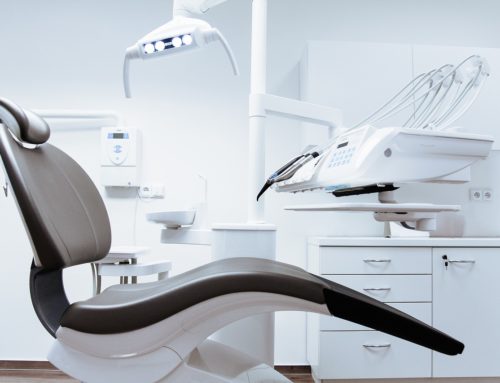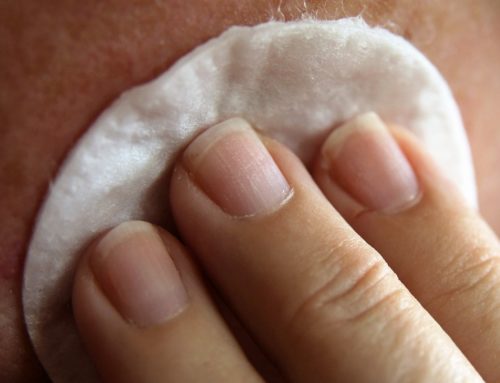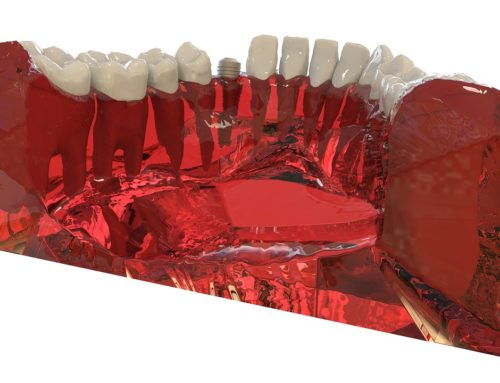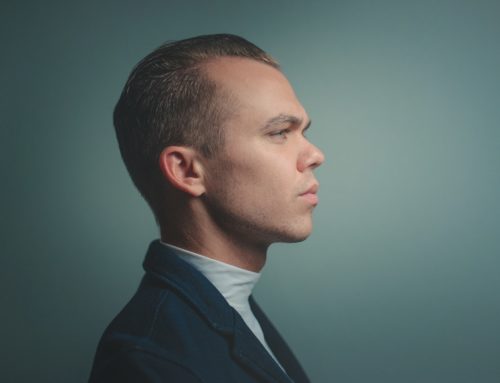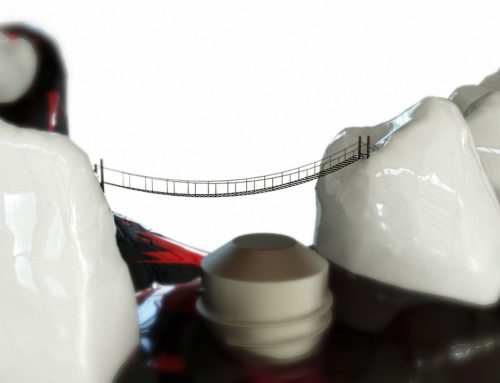Hair loss is a normal part of life. Did you know that all of us lose up to 100 strands a day, even when we’re young? This is nature’s way of replacing hair and keeping it healthy. But what about the more noticeable hair loss that seems to affect mostly men?
Studies show that 85% of all males will experience significant hair loss at some point in their lives. And while stress, medical treatments and other factors can all trigger hair loss, in an overwhelming 95% of cases, the true cause is genetic.
This issue is known as male pattern baldness. Scientists believe the gene involved may affect how sensitive your hair follicles are to a hormone known as DHT.
How your hormones slow and even stop hair growth
DHT makes hair follicles shrink. As follicles get smaller, new strands of hair grow in thinner, finer and often shorter. Over time, it takes longer for hair to grow back and eventually, the follicles shrink so that no hair grows at all.
Male pattern baldness has a well-recognized shape on the head. It leaves you with a receding hairline and thinning strands around the crown of your head. Gradually, the crown goes bald, but most men still have a horseshoe pattern of hair above the ears that circles to the back of the head.
Male pattern baldness doesn’t limit itself to older guys. In fact, men can start losing their locks as early as their teens or early 20s. Usually, the earlier hair loss begins, the greater the overall loss will be, which can prompt men of all ages to look for hair restoration methods that might work for them.
How do I know if it’s permanent – or just a passing thing?
There are other hair loss issues besides male pattern baldness, and it’s helpful to be able to tell the difference.
Spot baldness, or alopecia areata, makes hair fall out in smooth, round patches. But in most cases, the hair grows back. The issue is caused by a type of autoimmune disease where the body attacks itself. In this case, it goes after your hair.
When hair falls out suddenly instead of gradually thinning over time, it’s usually NOT caused by male pattern baldness. Other causes of hair loss include:
- Anemia
- Thyroid problems
- Chronic stress
- Radiation or chemotherapy treatments
- High doses of Vitamin A
- Blood thinners or steroids taken to build muscle, known as anabolic steroids
- Scalp infections
- A diet deficient in iron and other nutrients
- Tight ponytails, cornrows, or braids worn for many years
When hair loss is temporary your hair will usually grow back when the issues are resolved. But in the case of male-pattern baldness, what can you do to restore it?
Fortunately, there are hair restoration solutions that can help your own natural hair grow in even in areas where you may have gone completely bald. New procedures have been developed that minimize recovery time and help you regain the healthy head of hair that gives you extra confidence.
Take the Next Step
Want to learn if a hair restoration is right for you? Schedule a consultation at Dr. Farole’s Facial Cosmetic Surgery Center in Bala Cynwyd, PA by giving us a call at (610) 668-3300 today.
Source


